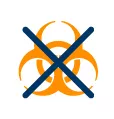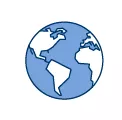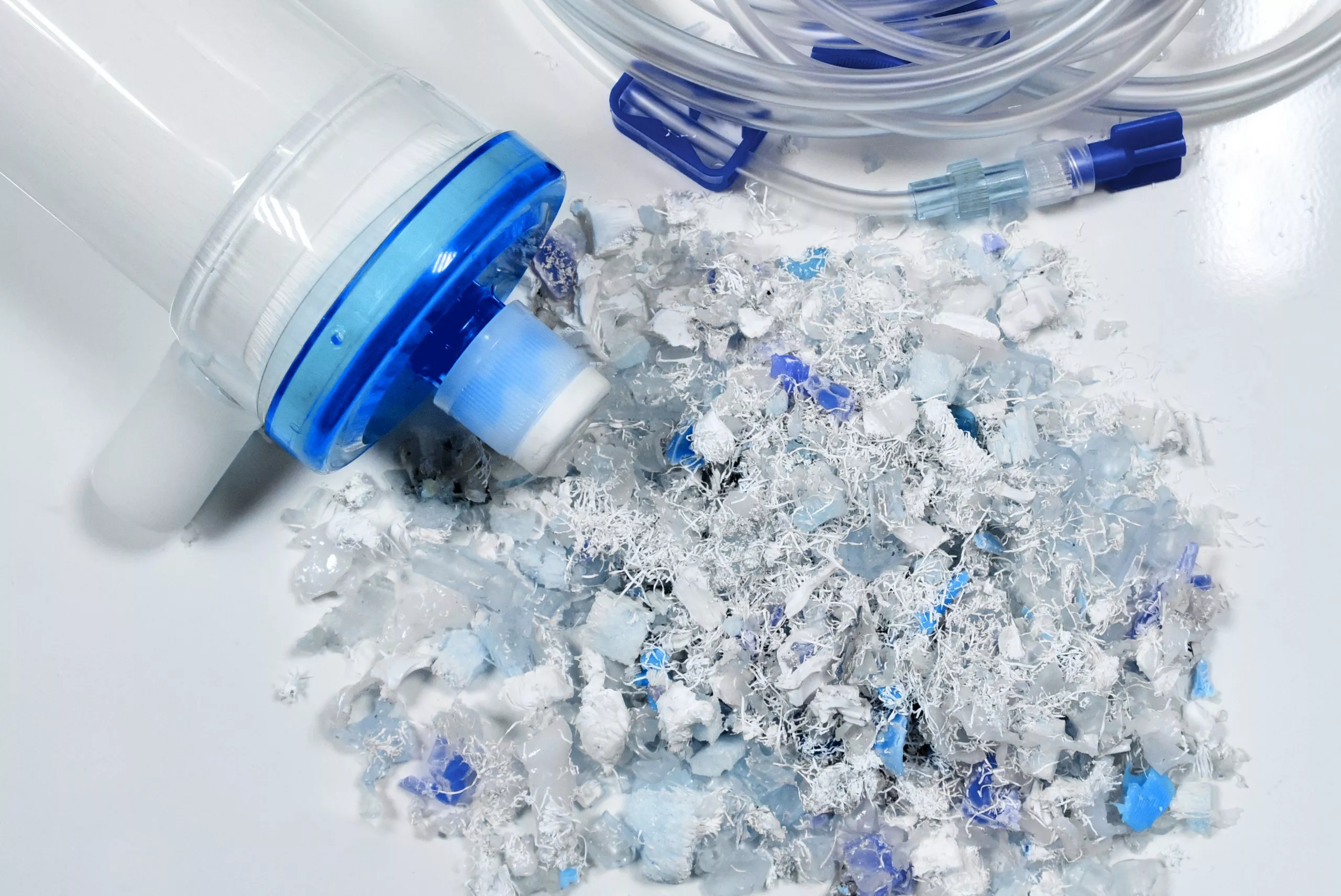


To avoid the costs and risks associated with biohazardous waste storage and transport, particularly for health care providers that generate “small” volumes, we have developed the Tesalys STERIPLUS™ System range with the following objectives:
Tesalys STERIPLUS™ System is a disinfection pre-treatment solution for biohazardous waste, according to the French standard NF X30-503-1.
It is a sterilizer (autoclave) with an integrated shredder, which first shreds the waste before performing an autoclave cycle with steam at 135 °C/275 °F.
Once treated with STERIPLUS™, biohazardous waste is transformed into waste similar to municipal solid waste that can be destroyed like any other inert industrial waste or household waste.
Particular thought was given to “green” design concepts: apart from treating the air and effluents produced by the equipment, the system consumes very little electricity and water, thanks to heat-recovery mechanisms.
Tesalys STERIPLUS™ System performs all steps in a sealed unit, ensuring complete safety
for operators and the environment.
The efficacy of the STERIPLUS™ System has been tested under various aspects:

Microbiological efficacy of the decontamination cycle: reduced to 8 log10

Revival of processed waste: analysis of non-recontamination after 28 days’ incubation

Physical transformation of the waste (shredder efficacy): cut into 8-10 pieces

Environmental efficacy: treatment of the air released by the system through a microbiological filter; treatment of liquid effluents released from the system at 135 °C/275 °F
STERIPLUS™ was specially designed to be installed as closed to the biohazardous waste generation site as possible, thus reducing the risk associated with storage, transport and disposal. The main features of STERIPLUS™ include:
